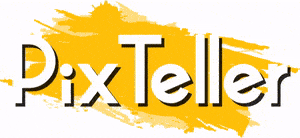Why Your Small Business is Struggling with Content
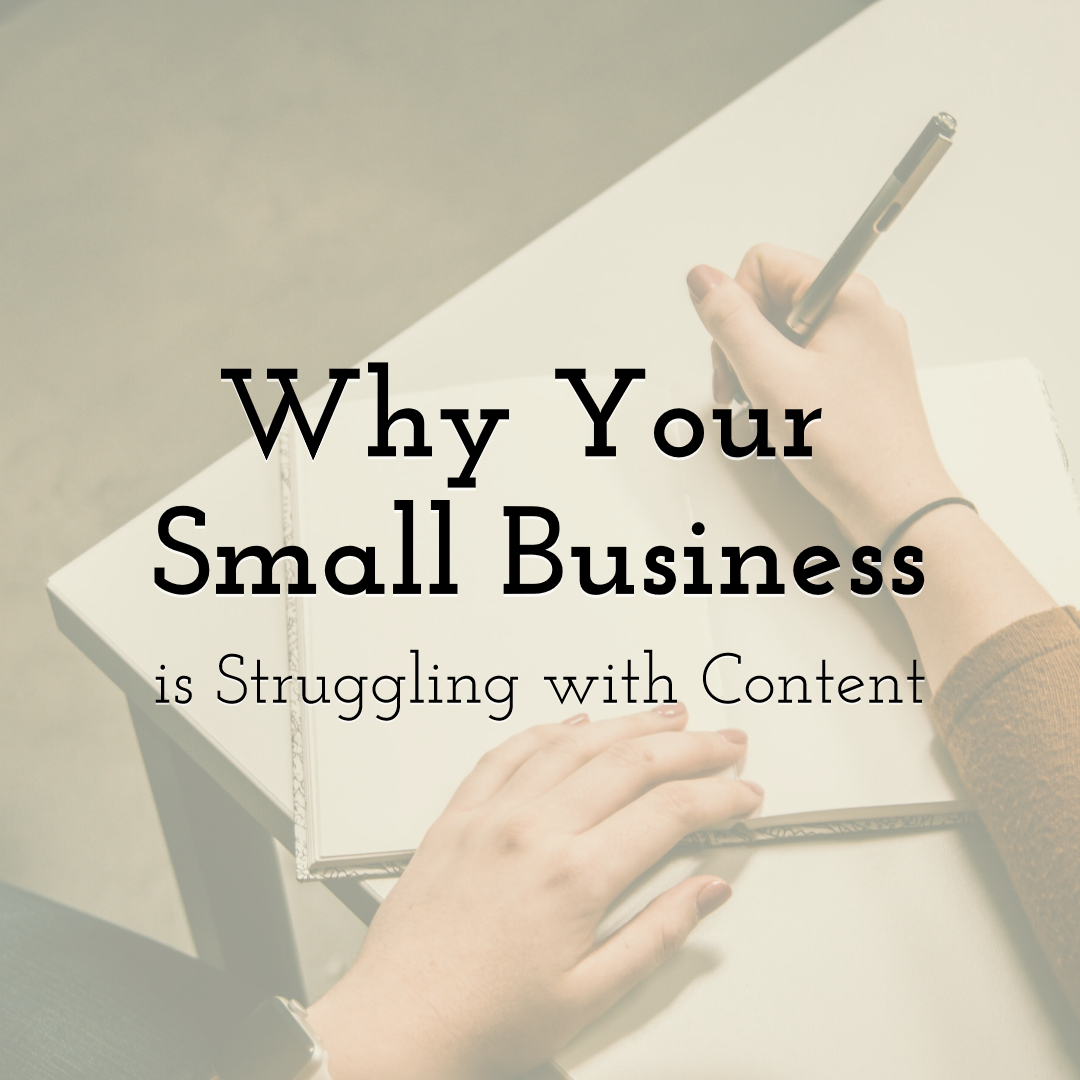 Make visual content for your blog with PixTeller image & animation editor
Make visual content for your blog with PixTeller image & animation editor
Content marketing is an essential strategy for small businesses. The creation and cascading of owned media help boost brand awareness, generate leads, connect with customers, and more. Beyond that, content marketing it's also cheaper comparatively than other forms of marketing.
But while it might be useful and affordable, it's not without its challenges. If you're a small business owner and struggling with your content, read on to learn why that is and what you can do to fix it.
Why Your Small Business Is Struggling With Content
Content marketing has myriad benefits for your business: it boosts brand awareness, develops customer relationships, builds loyalty and trust, and so on. But for content to achieve all these things, it has to have genuine, discernible value.
While fluffy pieces of content have their places — such as humorous articles and the like — value-led content keeps customers reading to your business. When your content actively helps them achieve something in their own life, it gives people a reason to stay locked into your brand.
Value can mean different things to different people. As such, it's a good idea to divide your content according to your business's different customer segments. Understand the various pain points each part has, and then create content that caters to that.
On the online bicycle shop example from earlier, one customer segment might be parents that are looking to help their child learn to ride a bike.
-
 Graphic Maker
Graphic Maker
-
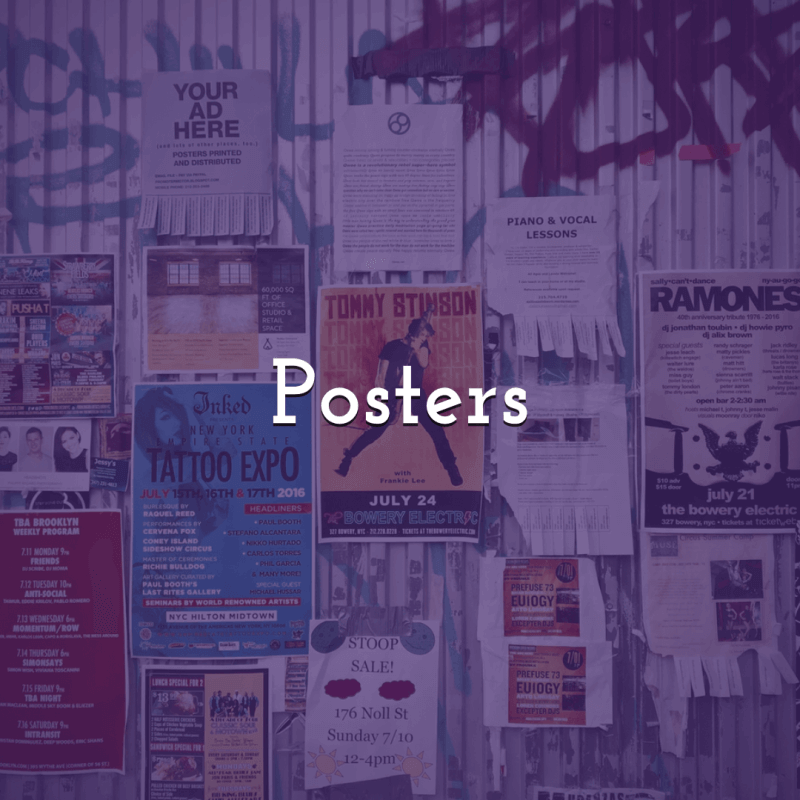 Poster Maker
Poster Maker
-
 Card Maker
Card Maker
-
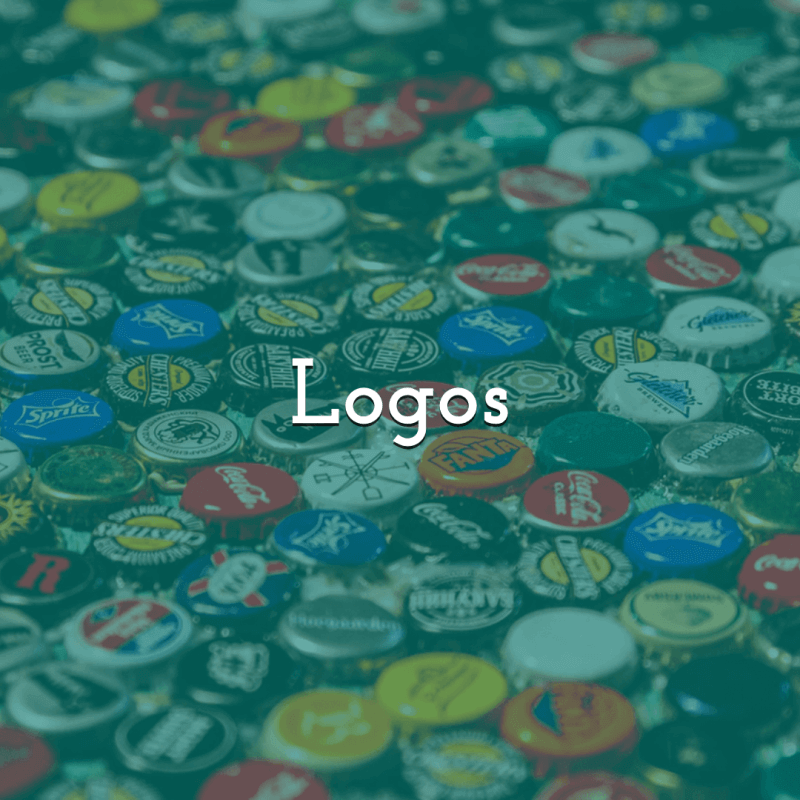 Logo Maker
Logo Maker
-
 Animated Logo Maker
Animated Logo Maker
-
 Video Story Maker
Video Story Maker
-
 Slideshow Maker
Slideshow Maker
-
 Quote Maker
Quote Maker
-
 Collage Maker
Collage Maker
-
 Banner Maker
Banner Maker
-
 Flyer Maker
Flyer Maker
-
 Invitation Maker
Invitation Maker
-
 Youtube Thumbnail Maker
Youtube Thumbnail Maker
-
 GIF Maker
GIF Maker
Creating content that highlighted the unique issues this segment faces — how to help their child overcome apprehension, how to pick out training wheels, and so on — gives them the actionable value they can use in the real world.
You're prioritizing speed over quality
First and foremost, your content needs to be high-quality. This should go without saying, but it's easily overlooked in a rush to create and publish content.
Content marketing is crucial for business success in 2020. Beyond a great product or sparkling customer service, content is what nurtures your customer relationships. It sparks new leads and encourages repeat custom.
But with so much content to create and such little time, it's easy to rush it, delivering content quickly but of poor quality. As such, it's crucial to slow things down. Quality is what people will remember, and you can even monetize your content if you make it good enough.
Monetizing hobbies is very popular these days (there are plenty of ways to do it), but it works just as well for a business: you can create branded merchandise, for instance, and you can cover for the gaps in your skills using online tools.
For example, if you're great with slogans and funny one-liners, but you're not an artist, use a tool like PixTeller to easy make design quote pictures that will look great on t-shirts.
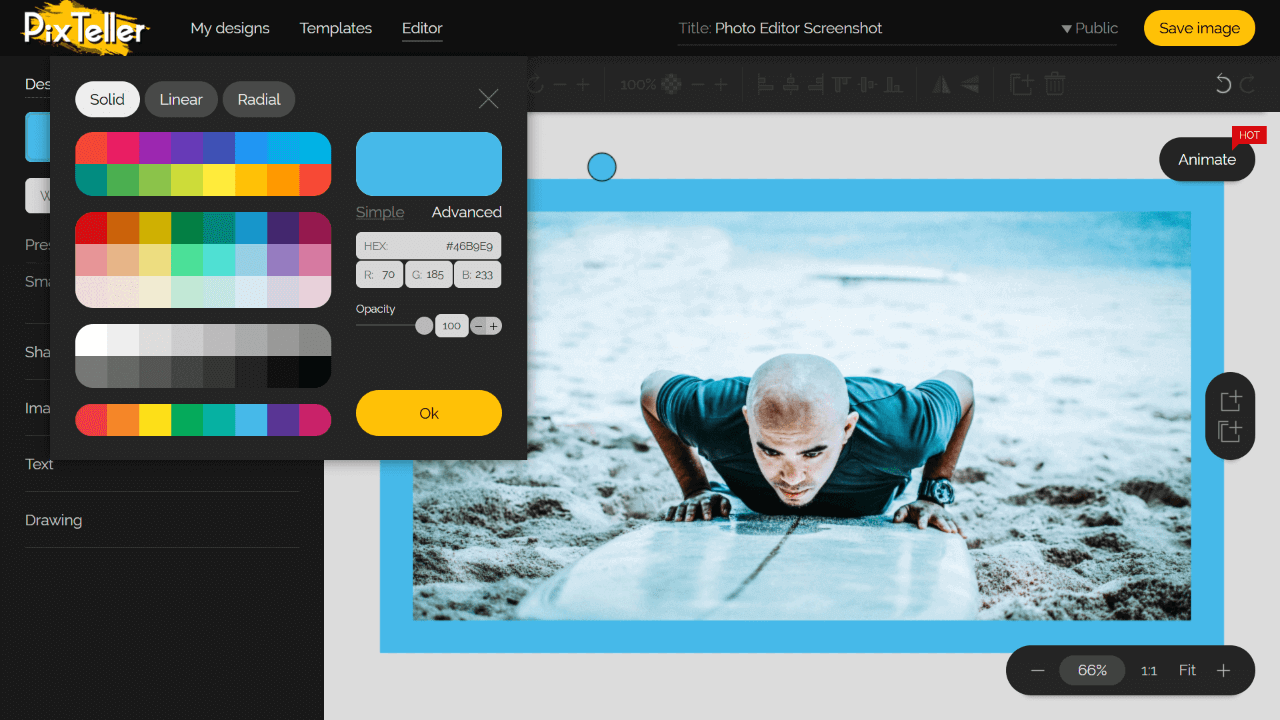 PixTeller photo editor screenshot
PixTeller photo editor screenshot
But it is quality that buoys this monetization of content (indeed, for your business as a whole), and consequently, it is something worth striving for.
Don't take shortcuts — if you struggle with content creation, create set processes, and follow them every time. For instance, if you find that writing headings for your blogs first helps shape your writing, do it. Everyone has their process, so find yours.
Top tip: while it's not always possible to write a beautiful blog, it is possible to bolster it by including relevant imagery, gifs, infographics, and other elements.
But what makes a piece of content high-quality is uniqueness. Creating the same tired content that every other business produces won't make you stand out. While sometimes this is necessary (creating essential guides for your niche, for example), a unique piece will stand out more, driving audiences to your brand in their droves.
You're not consistent with your content production
While quality is essential when you're creating a content strategy, it's not enough. It would help if you were consistent with your output too. A frequent and regular content schedule keeps your audience engaged and shows that you are active within your industry.
Of course, this is easier said than done. But creating an editorial calendar is a lifesaver for time-strapped small businesses. An editorial calendar helps you stay consistent in your content schedule. This sets out the content you have planned for the year, saving you having to scramble at the last minute later on.
Divide your content calendar into topic pillars. For instance, if you run an online bicycle shop, you could divide your content calendar into mountain biking, DIY repairs, commuting, and so on.
As well as helping with ideation, this also gives your onsite content structure, making it easier for your audience to follow.
A good planning session at the start of the year might take some time, but it will save you an immense amount of time and stress going forward. Don't be afraid to pivot either — you can't account for any relevant events that might happen throughout the year, so leave yourself space to create reactive content where necessary.
Conclusion
There's no one-size-fits-all solution to content marketing problems. Each small business faces unique challenges in content ideation, creation, sharing, and so on. But by bearing the tips above in mind, you will be able to consistently and reliably create content that meets your small business goals in 2020.
Until next time, Be creative! - Pix'sTory made by Rodney Laws
Recommended posts
-

How Can VPNs Help Marketers?
Read More › -

5 Best Practices for Drafting Perfect Newsletter Design
Read More › -
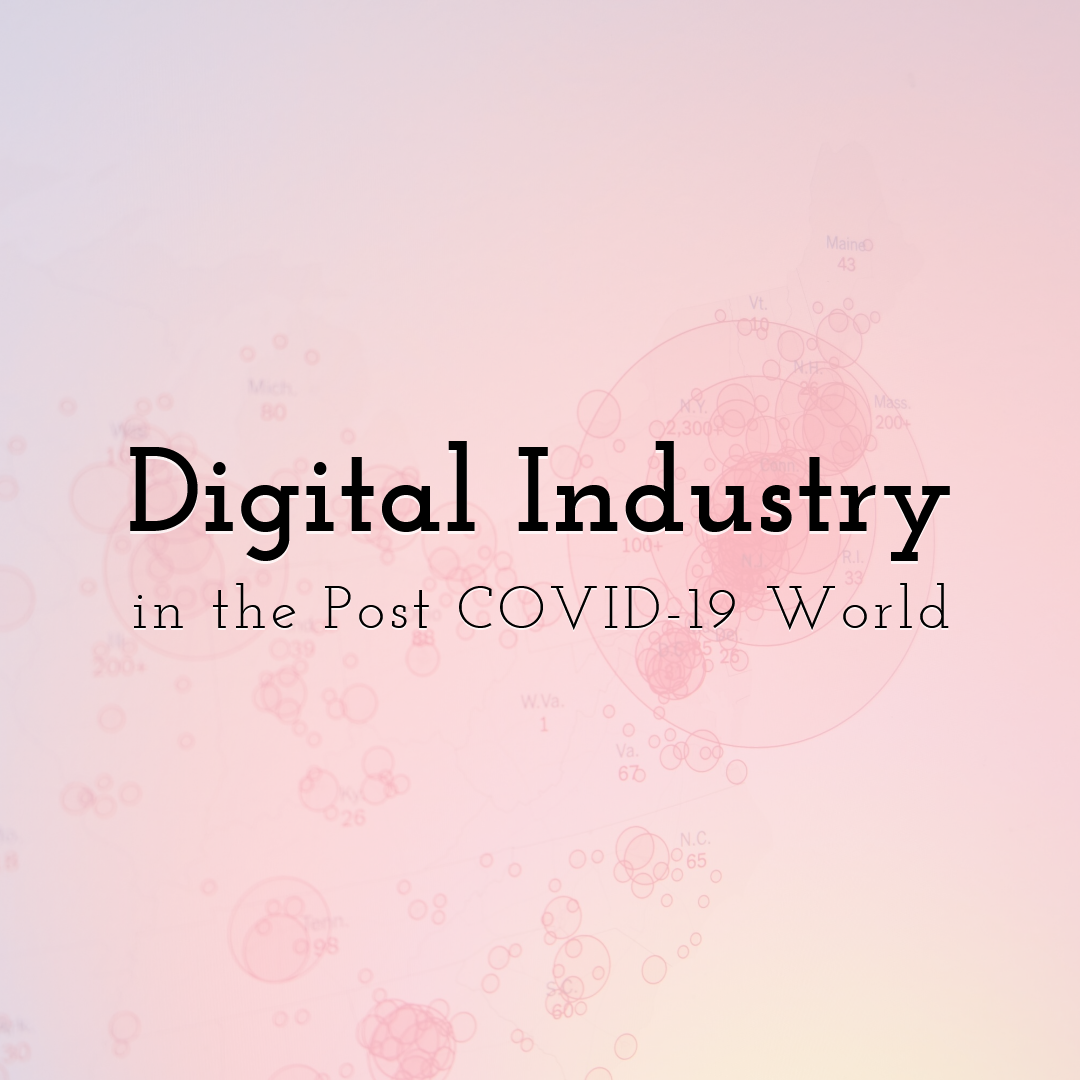
What Will the Digital Industry Look Like in the Post COVID-19 World?
Read More › -

How Visual Design Impacts Digital Advertising Success
Read More › -
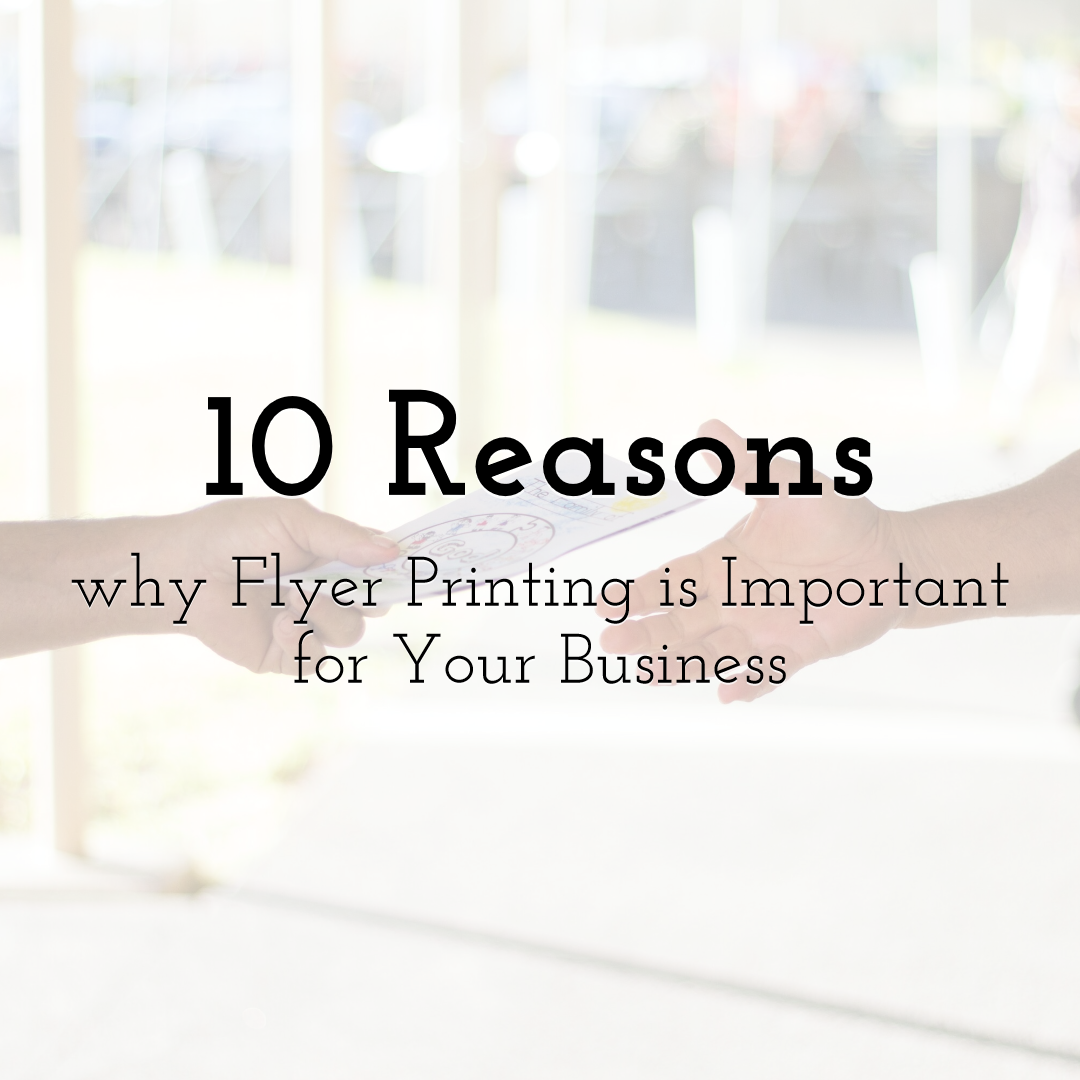
10 Reasons why Flyer Printing is Important for Your Business
Read More › -
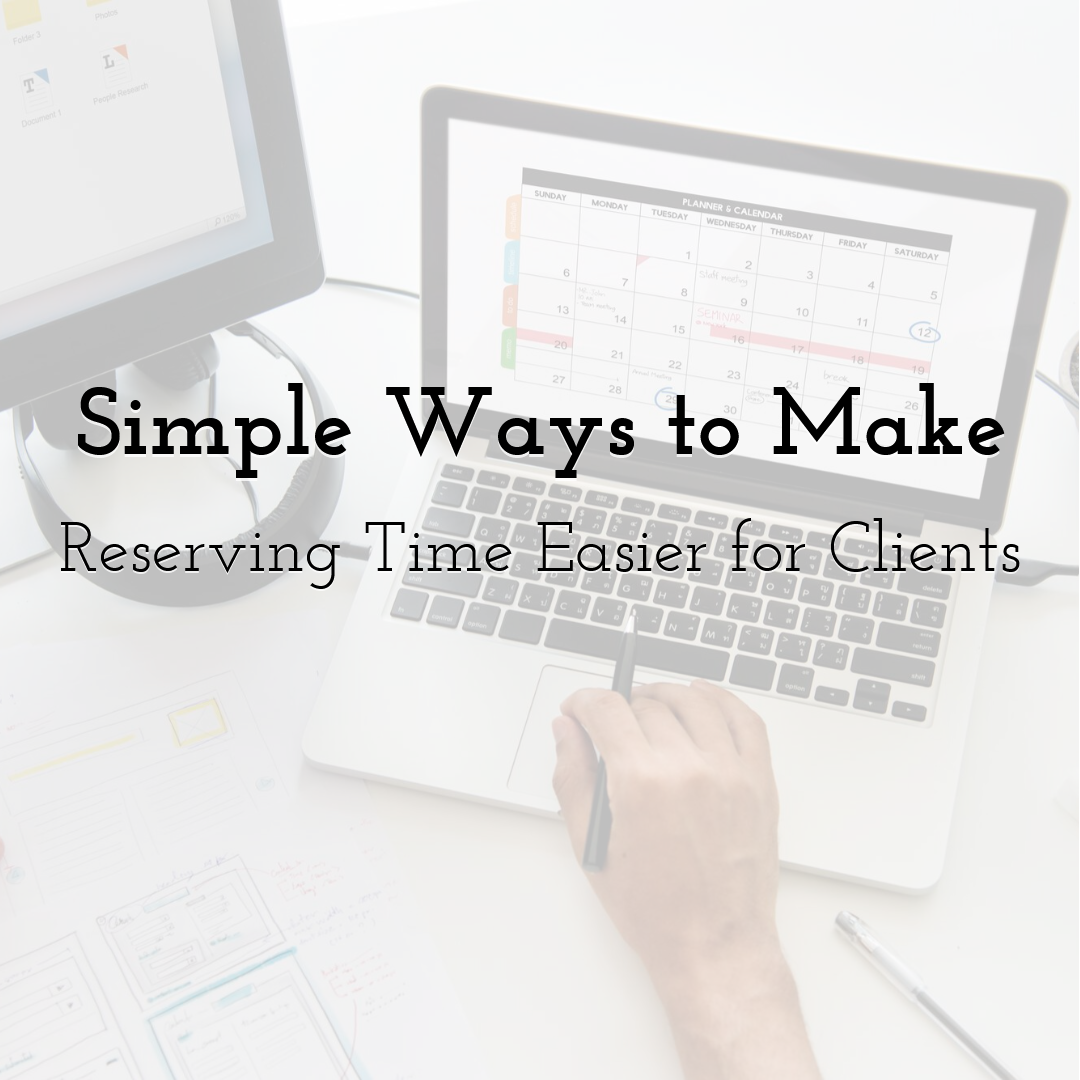
Simple Ways to Make Reserving Time Easier for Clients
Read More ›
